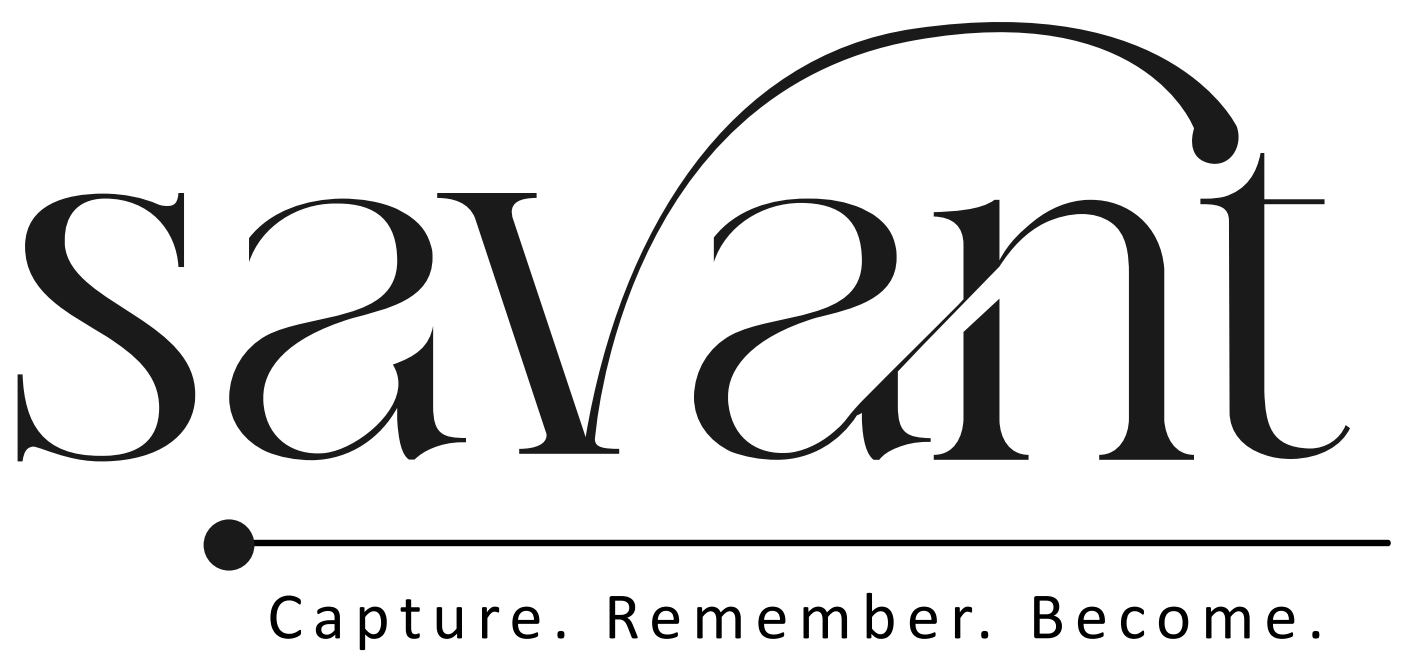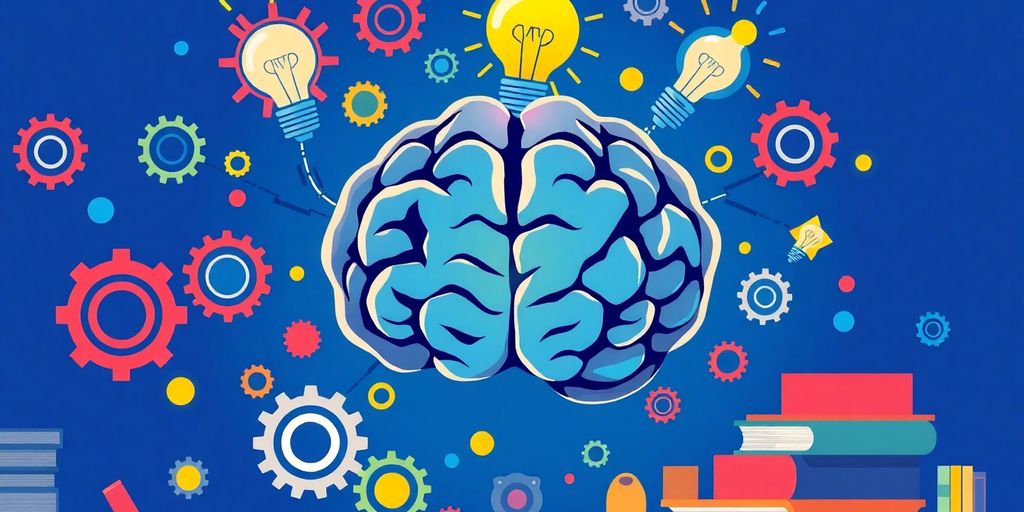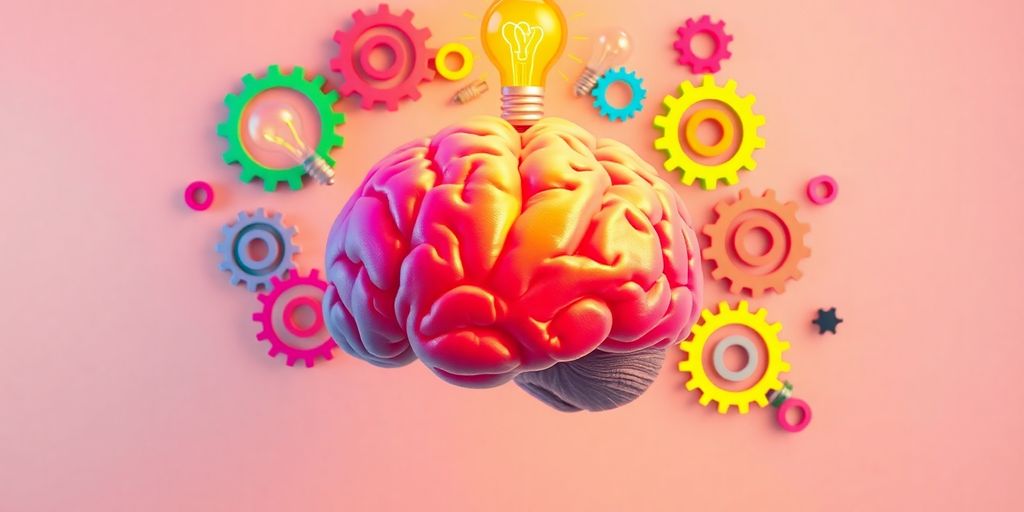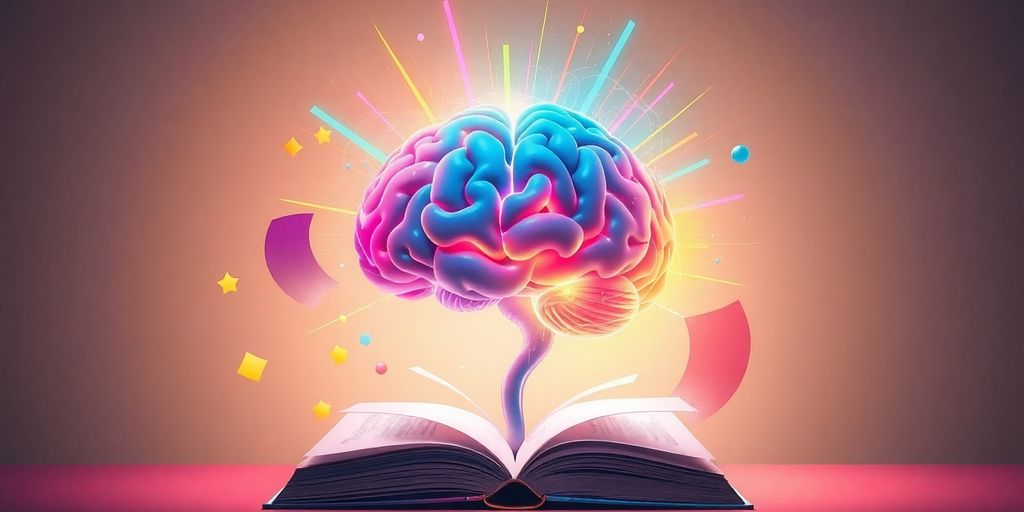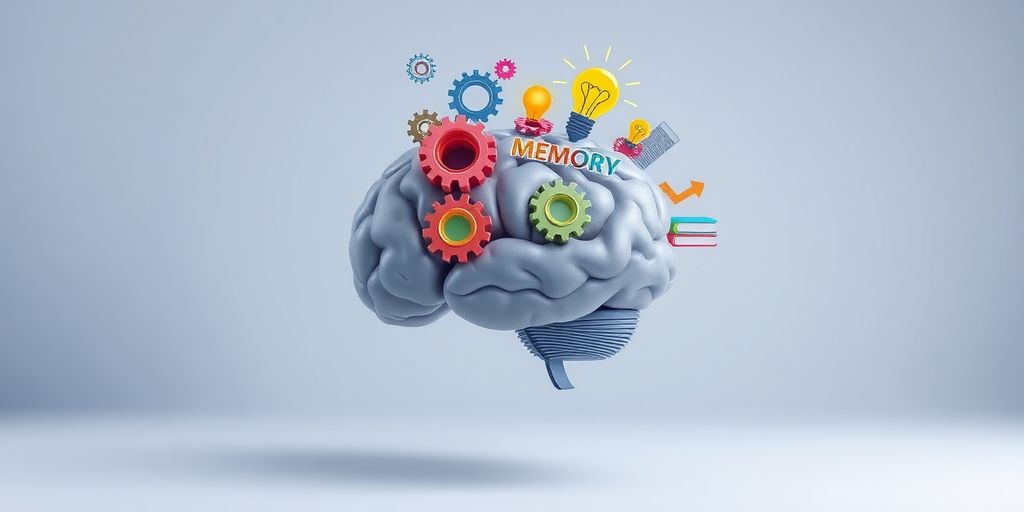Note-taking is an essential skill that helps students learn and remember information. While traditional methods like writing on paper are common, there are many other techniques that can make note-taking more effective and enjoyable. This article explores various innovative approaches to note-taking, from visual techniques to digital tools, active learning strategies, and more. By using these methods, students can enhance their learning experience and retain information better.
Key Takeaways
- Visual techniques like mind mapping can help organize thoughts clearly.
- Digital tools allow for multimedia notes that combine text, images, and audio.
- Active learning methods, such as spaced repetition, improve memory retention.
- Collaborative note-taking fosters teamwork and deeper understanding of material.
- Personalizing notes to fit your learning style can boost engagement and comprehension.
Visual Note-Taking Techniques
Mind Mapping for Clarity
Mind mapping is a fantastic way to organize your thoughts visually. It helps you see connections between ideas, making it easier to understand complex topics. Start with a central idea in the middle of your page and branch out with related concepts. This technique can make studying feel less overwhelming and more engaging.
Using Diagrams and Charts
Diagrams and charts can simplify information and make it more digestible. For example, flowcharts can show processes, while Venn diagrams can illustrate relationships between concepts. Here’s a quick look at some common types:
| Diagram Type | Best For |
|---|---|
| Flowchart | Processes and sequences |
| Venn Diagram | Comparing and contrasting |
| Pie Chart | Showing parts of a whole |
Incorporating Colors and Symbols
Using colors and symbols can make your notes more visually appealing and easier to remember. Highlight key points with different colors or use symbols to represent ideas. For instance, a star can indicate something important, while a question mark can show areas you need to revisit. This not only makes your notes look cool but also helps you recall information better.
Visual note-taking techniques can transform your study sessions into a fun and creative experience. Embrace these methods to enhance your learning journey!
Remember, the goal is to make your notes work for you. Experiment with these techniques and find what resonates best with your learning style!
Digital Tools for Enhanced Note-Taking
In today’s fast-paced world, using digital tools for note-taking can really change the game. These tools not only help you keep your notes organized but also make studying more fun and interactive. Here are some key points to consider:
Top Note-Taking Apps
- Notion: The ultimate workspace for organizing notes and tasks.
- Evernote: Your digital notebook that now includes AI features.
- Microsoft OneNote: A seamless way to jot down ideas and collaborate.
Benefits of Digital Notes
- Accessibility: Access your notes from any device, making it easy to study on the go.
- Collaboration: Share notes with friends and work together on projects.
- Multimedia Integration: Add images, links, and even voice memos to your notes for a richer learning experience.
Integrating Multimedia Elements
Using multimedia in your notes can help you understand complex ideas better. For example:
- Diagrams: Visual aids can simplify tough concepts.
- Videos: Watching a video can reinforce what you’ve learned.
- Audio Clips: Listening to recordings can help with retention.
Embracing technology in note-taking empowers you to take control of your learning and adapt to new challenges.
In summary, digital tools are not just about typing notes; they’re about creating a more engaging and effective learning experience. So, why not give them a try?
Active Learning Strategies
Active learning is all about getting involved in your studies. It’s not just about sitting back and listening; it’s about engaging with the material. Here are some cool strategies to make your learning more effective:
Spaced Repetition
Spaced repetition is a game-changer! This technique involves revisiting material at spaced intervals. Instead of cramming all at once, you spread out your study sessions. Here’s how it works:
- Review your notes after class.
- Schedule your next review a few days later.
- Keep revisiting the material over weeks.
This method helps you remember things longer and reduces stress before exams.
Active Recall Methods
Active recall is all about testing yourself. Instead of passively reading your notes, try to recall the information without looking. Here’s how:
- Use flashcards to quiz yourself.
- Summarize what you learned in your own words.
- Teach the material to someone else.
This approach strengthens your memory and makes it easier to remember during tests.
Interactive Flashcards
Flashcards can be super fun! They’re not just for memorizing facts; you can make them interactive:
- Add images or diagrams to help visualize concepts.
- Include audio clips for pronunciation or explanations.
- Mix up formats to keep things interesting.
Remember, learning should be enjoyable! Using these active strategies can make studying feel less like a chore and more like an adventure.
Collaborative Note-Taking
Sharing Notes with Peers
Collaborative note-taking is a great way to learn together! When you share notes with classmates, you can reduce the workload by dividing the note-taking responsibilities. Here are some tips to make it work:
- Assign topics: Each person can take notes on a different topic.
- Use shared documents: Tools like Google Docs let everyone add their notes in real-time.
- Review together: After the class, meet up to discuss and fill in any gaps.
Using Cloud-Based Platforms
Cloud-based platforms are super helpful for group notes. They allow everyone to access the same document from anywhere. Here’s why they’re awesome:
- Real-time collaboration: Everyone can see updates as they happen.
- Easy organization: You can keep all your notes in one place.
- Access anytime: No need to worry about forgetting your notebook!
Group Study Sessions
Group study sessions can make learning more fun and effective. Here’s how to make the most of them:
- Set a schedule: Pick regular times to meet.
- Prepare ahead: Everyone should come with their notes ready.
- Discuss and quiz each other: This helps reinforce what you’ve learned.
Working together not only makes studying easier but also helps you understand the material better!
Personalizing Your Notes
When it comes to note-taking, making it your own can really boost your learning experience. Personalizing your notes helps you connect better with the material. Here are some ways to do just that:
Adapting to Your Learning Style
- Visual Learners: Use diagrams, charts, and colors to make your notes pop.
- Auditory Learners: Try recording lectures or discussions to listen back later.
- Kinesthetic Learners: Write notes by hand or use physical objects to represent concepts.
Using Annotations and Highlights
- Highlight key points to make them stand out.
- Add personal comments in the margins to clarify your thoughts.
- Use symbols like stars or arrows to connect ideas.
Creating Summaries and Questions
- At the end of each section, write a brief summary to reinforce what you learned.
- Create questions based on your notes to test your understanding later.
- Use bullet points for quick reference and easy review.
Personalizing your notes not only makes studying more enjoyable but also helps you remember information better. Experiment with different styles and find what works best for you!
Combining Traditional and Modern Methods

When it comes to note-taking, blending old-school techniques with modern tools can really enhance your learning experience. Finding the right mix can make studying more effective and enjoyable!
Handwritten vs. Digital Notes
- Handwritten Notes: Great for memory retention. Writing things down helps you remember better.
- Digital Notes: Easy to organize and access anywhere. You can use apps to keep everything neat and tidy.
- Best of Both Worlds: Try taking notes by hand during lectures and then digitizing them later for easy review.
Hybrid Note-Taking Techniques
- Cornell Method: Use this classic method to structure your notes, then scan them into a digital format.
- Mind Mapping: Start with a paper map to brainstorm ideas, then recreate it digitally for better organization.
- Visual Aids: Draw diagrams by hand, then use software to enhance them with colors and labels.
Balancing Efficiency and Comprehension
- Efficiency: Digital tools can save time, especially when searching for specific notes.
- Comprehension: Handwriting can help you understand and remember concepts better.
- Experiment: Try different methods to see what works best for you. Everyone learns differently!
Combining traditional and modern methods can transform your study sessions into a more dynamic experience. Embrace the change and see how it can benefit your learning!
Making Note-Taking Fun and Engaging
Taking notes doesn’t have to be boring! In fact, making it enjoyable can boost your learning. Here are some fun ways to spice up your note-taking:
Creative Note-Taking Formats
- Mind Maps: These help you visualize connections between ideas.
- Flowcharts: Great for showing processes or sequences.
- Infographics: Combine images and text for a more engaging look.
Incorporating Doodles and Art
Adding doodles or small drawings can make your notes more personal and fun. You can:
- Use colors to highlight important points.
- Draw small pictures that relate to the topic.
- Create borders or designs around your notes.
Using Bullet Journals
Bullet journals are a fantastic way to keep your notes organized and creative. You can:
- Track your assignments and deadlines.
- Use symbols to mark important tasks.
- Add stickers or washi tape for a personal touch.
Remember, the most effective note-making is active, not passive. Engaging with your notes helps you make meaning from what you learn!
Wrapping It Up: Embracing New Note-Taking Techniques
In conclusion, exploring different note-taking methods can really change how you learn. By trying out new techniques, like using visuals or mixing up your study sessions, you can make your learning more fun and effective. Remember, it’s not just about writing things down; it’s about understanding and remembering what you learn. So, don’t be afraid to experiment and find what works best for you. With the right tools and a bit of creativity, you can turn note-taking into a powerful part of your study routine!
Frequently Asked Questions
What are some visual note-taking techniques?
Visual note-taking techniques include mind mapping, using diagrams and charts, and incorporating colors and symbols to make notes more engaging.
How can digital tools improve my note-taking?
Digital tools can help you organize notes better, integrate multimedia elements like images and videos, and make sharing and collaboration easier.
What is spaced repetition and why is it important?
Spaced repetition is a study technique where you review information at increasing intervals. It helps improve long-term memory retention.
How can I personalize my notes?
You can personalize your notes by adapting them to your learning style, using annotations and highlights, and creating summaries or questions.
What are some fun ways to take notes?
You can make note-taking fun by using creative formats, incorporating doodles and art, or trying out bullet journals.
How do I balance traditional and modern note-taking methods?
You can balance traditional and modern methods by using handwritten notes for comprehension and digital tools for organization and efficiency.
